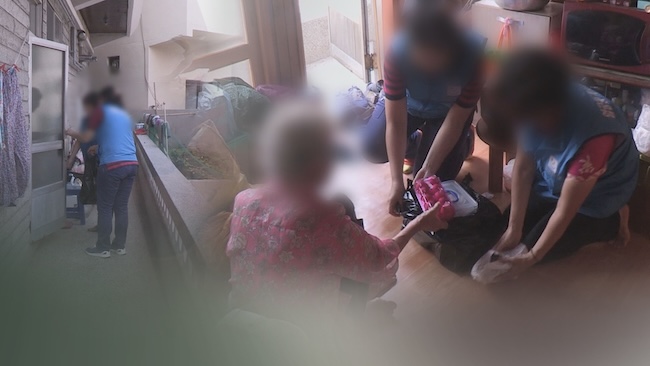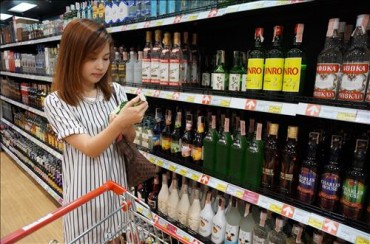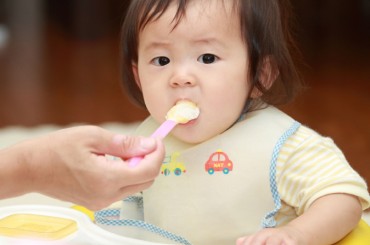
As “godoksa,” or solitary death, becomes a pressing social concern, a recent survey unveils that the average South Korean believes there is a 32 percent chance of facing such a fate. (Image courtesy of Yonhap)
SEOUL, Dec. 4 (Korea Bizwire) – As “godoksa,” or solitary death, becomes a pressing social concern, a recent survey unveils that the average South Korean believes there is a 32 percent chance of facing such a fate.
Godoksa refers to an isolated demise, where an individual passes away alone, disconnected from family, relatives, and others, with the body discovered after a period of time. The survey suggests that housing and economic instability, along with lower income, increase the likelihood of solitary deaths.
When segmented by age, those in their 30s express the highest concern, with 39.5 percent envisioning the possibility of dying alone. This is followed by respondents in their 40s at 33.2 percent, those in their 50s at 32 percent, individuals aged 60 and above at 29.8 percent, and those between 19 and 29 years old at 29.6 percent.
By gender, 30.2 percent of men and 34.4 percent of women anticipate dying alone.
These revelations stem from the “Public Perception Survey on Lonely Deaths” conducted on November 3 by the Korea Institute for Health and Social Affairs, involving 1,000 adult men and women aged 19 and older across the country.
When asked to rate their likelihood of dying alone on a scale of 0 to 100 percent, the overall average was 32.3 percent. A breakdown showed that 38.9 percent believed their chances were below 20 percent, 22.3 percent estimated between 40 percent and 60 percent, 20.1 percent ranged from 20 percent to 40 percent, and 9.5 percent fell between 60 percent and 80 percent. Notably, 9.2 percent acknowledged a likelihood exceeding 80 percent.
Considering living arrangements, individuals living alone were most apprehensive (43.3 percent), followed by renters (31.2 percent) and homeowners (29.1 percent). The probability of godoksa was highest for single-person households at 45 percent. In terms of household size, the likelihood was 33.8 percent for two-person households, 30.7 percent for three-person households, and 25.4 percent for households with four or more members.
Regarding marital status, respondents who were separated, divorced, or widowed expressed a 45.2 percent likelihood of dying alone. Subjective estimates indicated a 42.8 percent chance for single individuals without a partner, 33.8 percent for single individuals with a partner, and 25.9 percent for married individuals.
Day laborers and those with an average monthly household income below 2 million won estimated their likelihood of dying alone at 41.7 percent and 44.9 percent, respectively. Conversely, those with full-time jobs and an average monthly income exceeding 6 million won had a lower likelihood at 28.6 percent and 25.8 percent, respectively.
Additional insights from the survey revealed that 58.3 percent believed they could die alone even with a family, and 84.3 percent agreed that loneliness can manifest itself at any age. Moreover, 82.1 percent of respondents perceived loneliness as a social problem, whereas only 23.5 percent considered it a personal issue.
M. H. Lee (mhlee@koreabizwire.com)






